There’s been a massive resurgence in indoor gardening over recent years, with renewed interest reflecting the popularity of plants in our homes.
It’s especially prevalent among young people living in city flats with little outdoor space.
But we can all enjoy indoor planting as a way of brightening up our living and working spaces – especially when we’re spending more time than usual at home.
We’ve spent a lot of time outside in the spectacular sunshine. But when a cold, rainy snap appears, it brings the desire for indoor gardening instead. And this week, I’d like to share the pleasures of bottle gardens and terrariums – both of which will make a classy addition to your home.
Bottled up
Garden centres and online retailers have enjoyed a boom in sales of glass gardens. They were last really popular during the 80s and 90s when hundreds of thousands were sold in garden centres and DIY superstores all over the country.
Now they’re definitely enjoying as renaissance. Glass gardens originated as a means of transporting plants over long distances in ships.
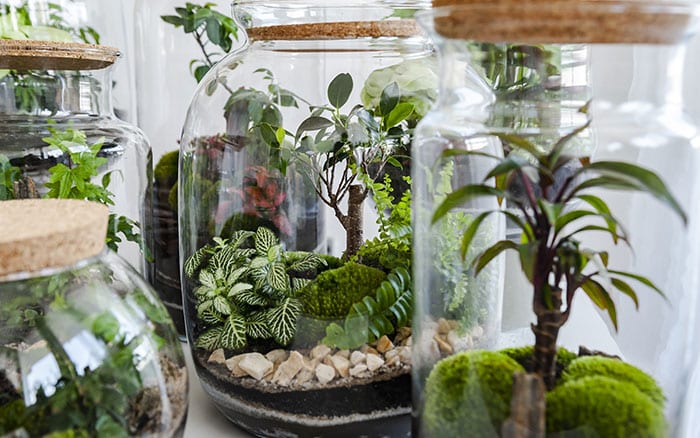
During Victorian times, as it became cheaper and easier to manufacture glass on an industrial scale, growing plants within glass containers quickly became a hugely fashionable occupation. The good news is bottle gardens are relatively easy to create and don’t need lots of maintenance.
Getting started
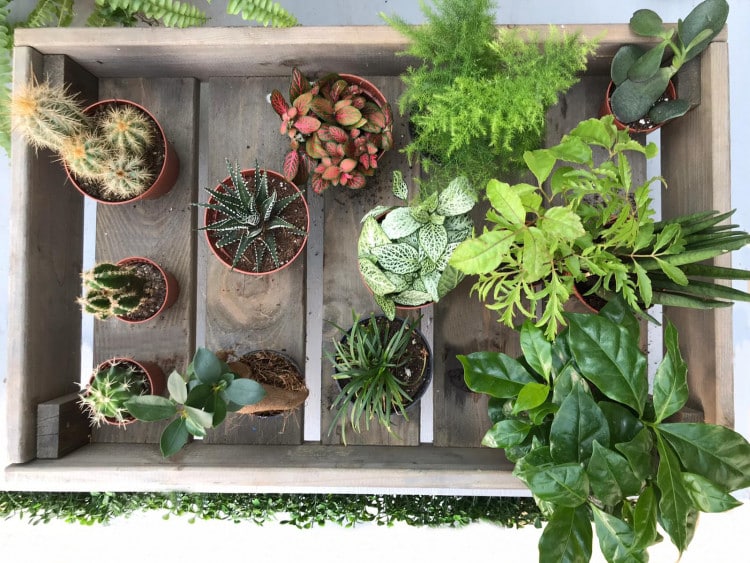
You can buy a huge variety of bottles online, ranging from small ones that are the size of a jug to larger ones which are almost the size of a barstool which you can get from theurbanbotanist.co.uk .
Once you’ve chosen your container, use ordinary houseplant compost. If it’s missing activated charcoal, you can buy it in from your local garden centre or pet store.
It sweetens the soil and stops anything getting smelly. It’s a similar material to the ingredient in odour-eaters that you get for your feet, to absorb unwanted smells to keep the bottle fresh.
Quick tip, place the container before you fill it – once the soil is in there it will become much heavier to move around. Avoid bright sunlight if you can, a semi-shaded windowsill or dresser top is ideal.
Plant varieties like ferns, Pilea, Peperomias, or Hypoestes all tolerate and appreciate humid environments, meaning they are ideal for planting in bottle gardens.
Once they are planted in, watered well, and fitted with a cork in the top, it will create its very own micro-climate. This works by the container recycling its own moisture as it evaporates and hits the body of the glass, then as it cools the water falls back into the soil, completing the cycle.
Terrific terrariums
Another area that is growing in popularity is terrariums, which are panes of glass which usually have beading of copper in between to hold the panes together.
These resemble mini-greenhouses and they can be bought in many different shapes from traditional greenhouse styles to hexagonal varieties which make superb, fun shapes for planting in. Fill them with aggregate sand or dried moss.
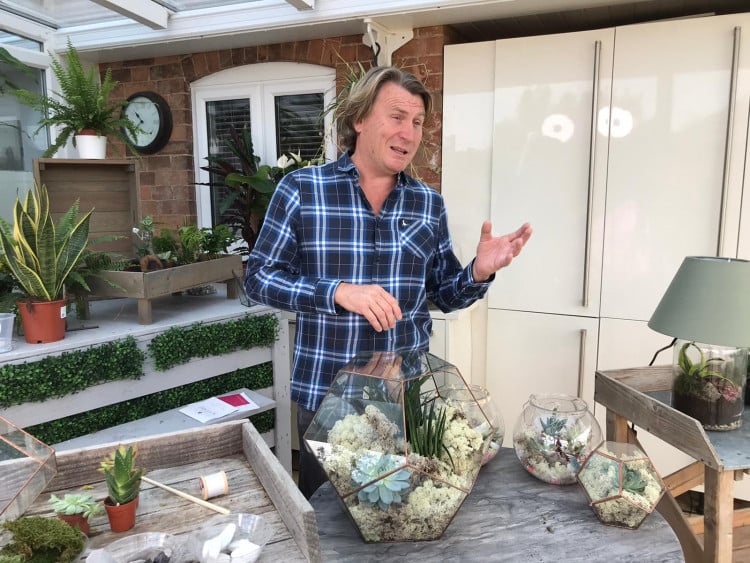
Most commonly found are open terrariums, with an open face rather than closed terrariums which are sealed.
Open terrariums are great for cacti and succulents such as Aloe, many varied Echeveria, Crassula and Kalanchoe which are suited because they hold a lot of moisture within their foliage, and don’t need to be watered as much as non-succulent houseplants.
When planting up a terrarium, keep the plants in their own little pots, simply sinking them into the base material. This means you can swap them in and out with ease.
Most of these plants, especially cacti, do not have extensive root systems, so they won’t mind. It also stops the compost from mixing with the aggregate sand or moss.
Prime position
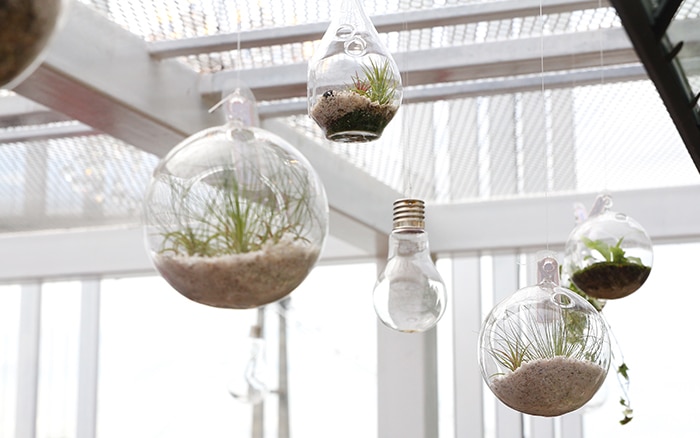
Although you’ll want to display your terrarium and bottle garden in full view to appreciate its beauty, ensure as with your bottle garden that they are not placed in direct sunlight, because the heat will intensify through the glass.
Instead, place them on a well-lit windowsill, in a place you can easily get to them to water it little and often, making sure you get the water directly into the pot that you’re watering.
Top of the glass
The other option is to save up glass bottles and jam jars, because you can do an awful lot in a simple glass container. For instance, if you take cuttings from geraniums or fuchsias and leave them sitting in an old jam jar of water, you’ll find that they root quite easily and you can enjoy watching it.
You can clearly see the ones that don’t root and begin to rot, meaning you’ll have space for the ones that are growing well.
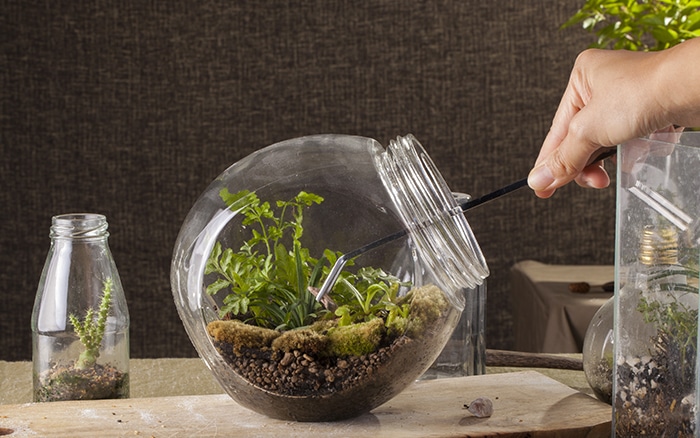
In fact, another great option is Phalaenopsis (moth orchids) which are epiphytes, meaning in nature they grow on the side of trees, which is why their roots have green in them which enables them to photosynthesise.
This is why they are often sold in clear pots, so be sure to not plant them in a pot that will completely cover their roots.
Instead, place them in a glass vase or pot. Glass works particularly well with gardening, whether that’s in the form of bottle gardens, terrariums, or even jam jars.
Tip:
Look out for glass bottles, containers
and pots for planting on eBay, car boot sales and
charity shops or even at your local tip.
Happy gardening everyone!
Reader questions
Can I transplant a shrub in my garden to another place? It’s been there for at least five years?
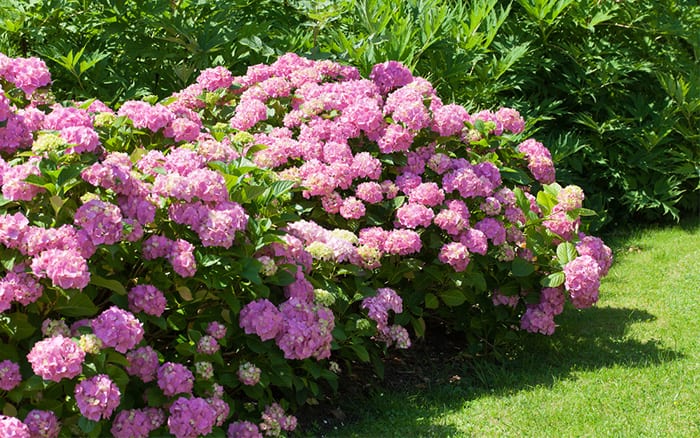
It’s best to wait until November, after we have had the first good frost. The plant will be dormant and the risks of problems will be lessened. At the moment, there’s a risk of giving it a shock to the system, plus you’ll have to spend a lot more time watering.
Pigeons are eating my newly laid grass seed, what can I do?
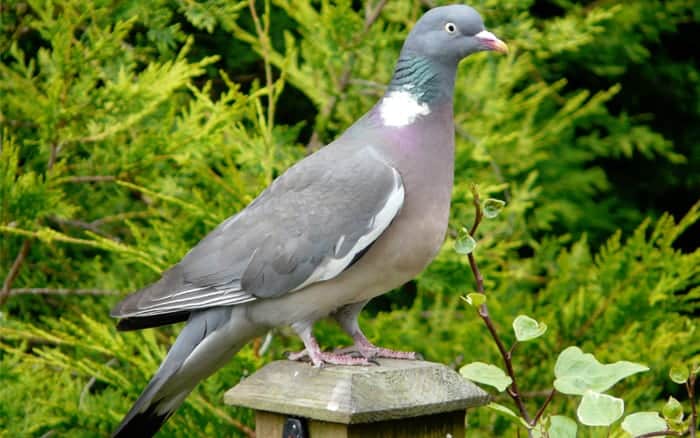
Mix your grass seed with compost before you sow it, which will make the seed look less noticeable and obvious to birds. It will also help the seed to germinate quicker. You can also use garden netting, secured with canes to protect newly laid patches of lawn.
David Domoney is a Chartered Horticulturalist, Broadcaster, and Author. David has worked with a number of the UK’s leading garden retailers as a plant buyer and strategic consultant. With more than 30 years experience, in horticulture, David is as passionate about plants now as he was when he bought his first plant at a village fete.

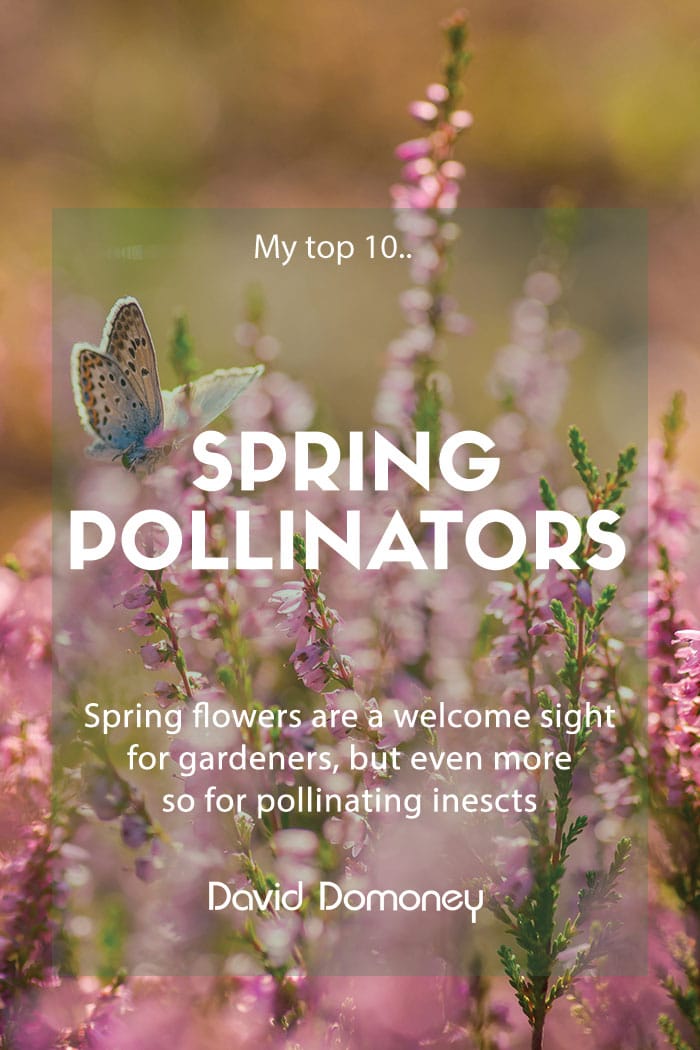
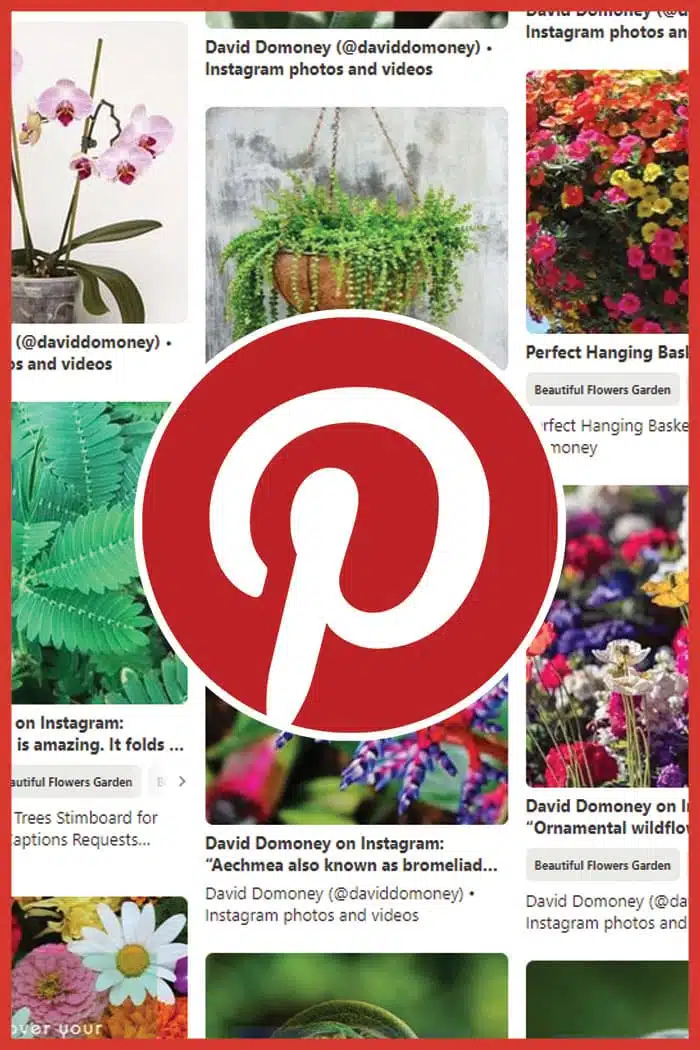

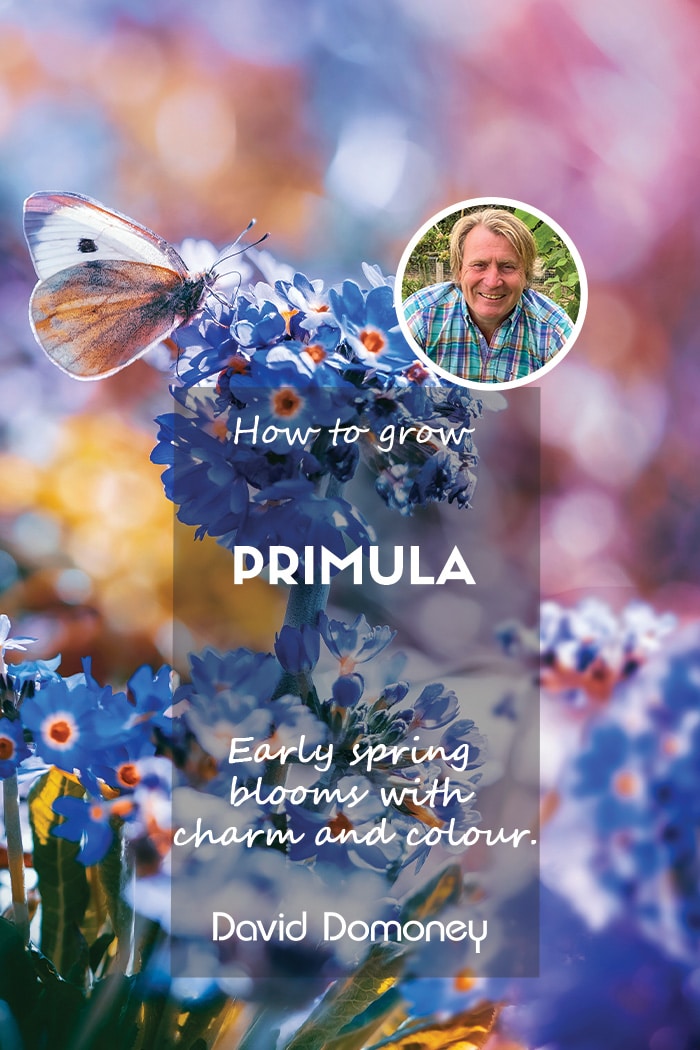
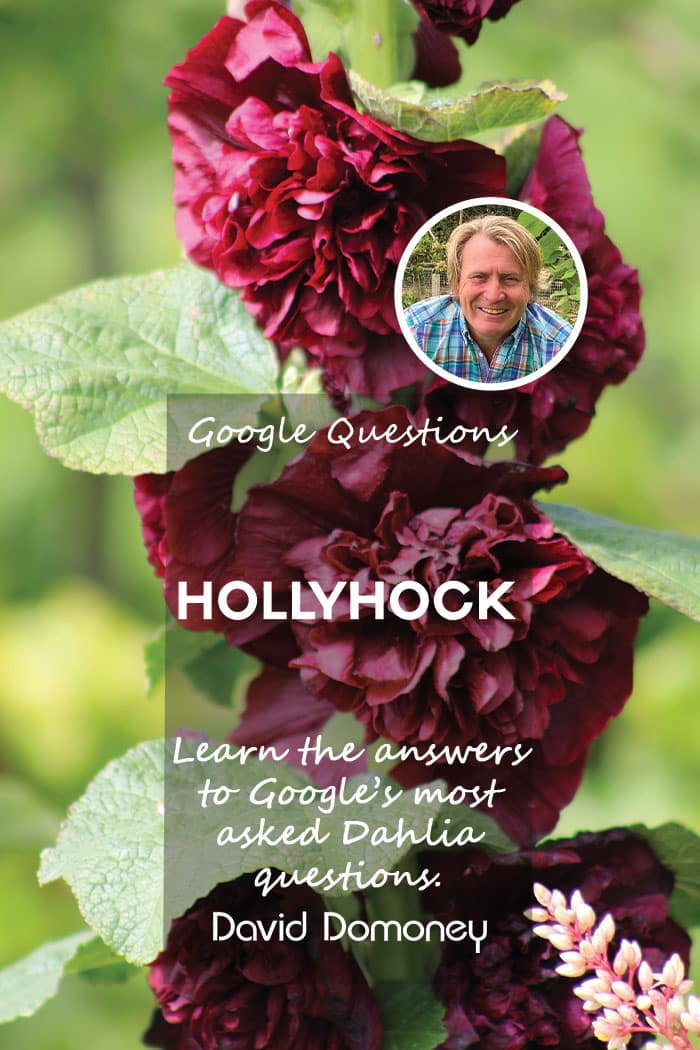
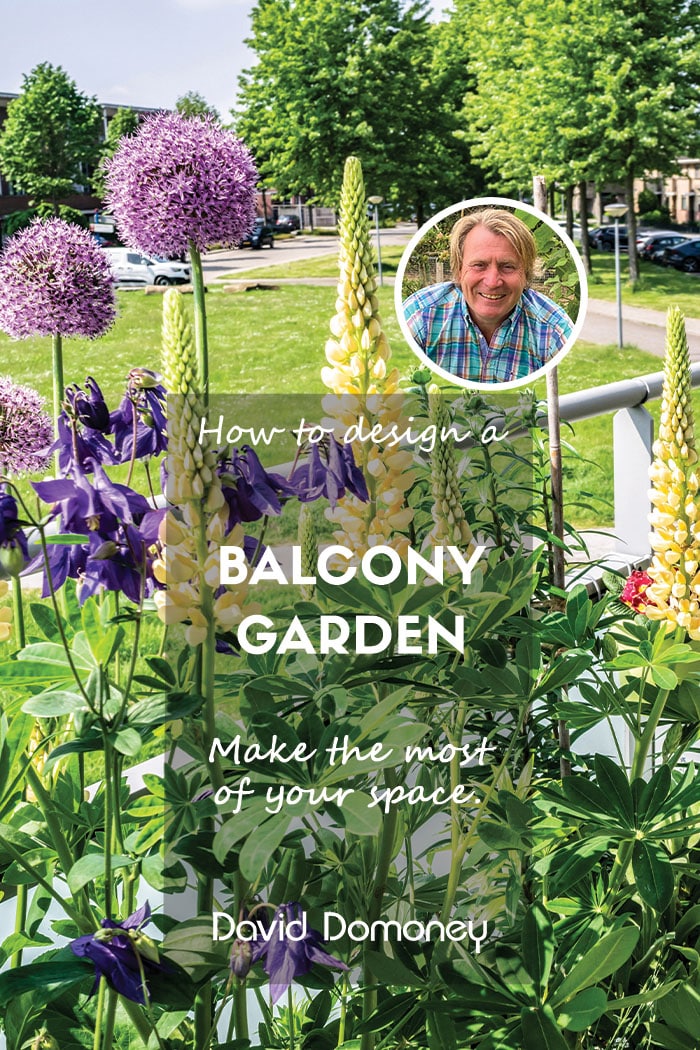
Leave A Comment